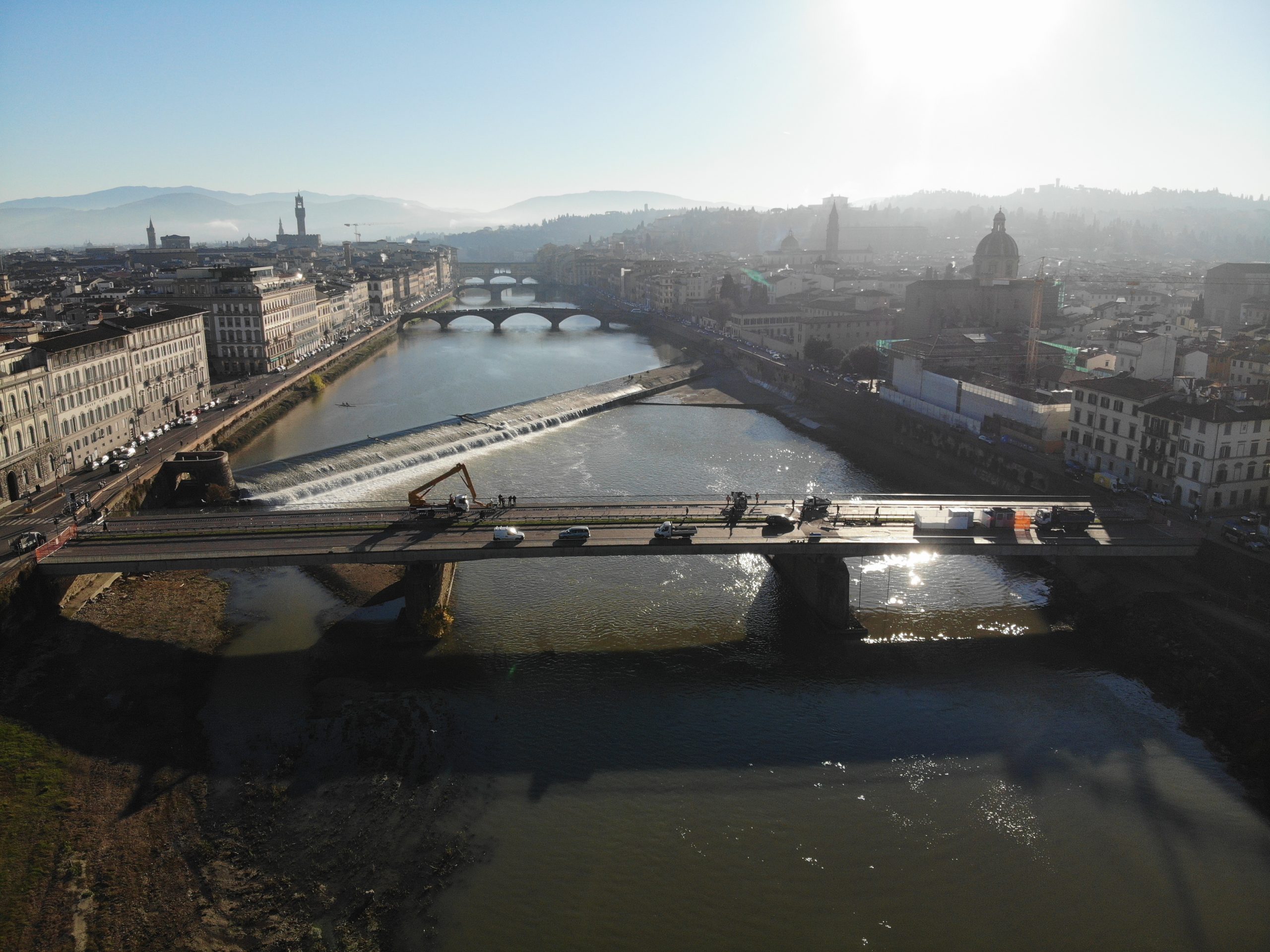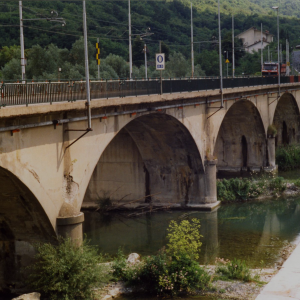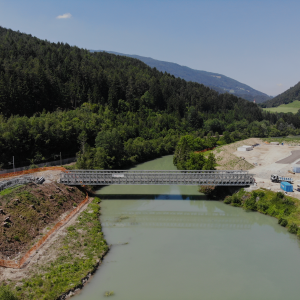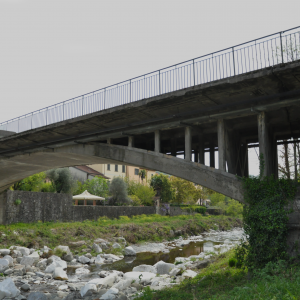Start
November 2018
Partnership
Move Solutions Devices
PROJECT OVERVIEW
The Vespucci bridge is one of the central bridges of Florence that allows you to join the San Frediano district to the rest of the city, separated by the Arno river. It is a structure in c.a.p. arch divided into 3 spans, with an overall length of 162m. Designed by Riccardo Morandi and built between 1954-1957, suffers from deterioration of the concrete, like many works of the time. This deterioration has affected the two piers even more markedly, especially the one on the left (San Frediano side) due to the erosion of the riverbed by the currents of the Arno river. This structural deterioration required continuous monitoring and safety works.
The monitoring system, designed for the bridge in question, provided for the use of a dynamic sensor package:
• Vertical DECK sensors positioned at the centerline of each span, as shown in the figure, allow the measurement of the maximum oscillation amplitude, frequencies and temperature.
• Triaxial Accelerometers, positioned on the 2 stacks, allow, with a high resolution and reliability, to measure the acceleration in the 3 axes caused by external events such as traffic and works.
The objective of the monitoring is to constantly analyze the fundamental parameters to establish the state of health of the bridge as a whole both in the renovation phase and in the daily traffic. During the monitoring period, a comparison test with radar interferometry was carried out with Prof. Pieraccini of the University of Florence, from whom the article “Bridge Monitoring using geophones: test and comparison with interferometric radar” which was published at DAMAS2019 (Damage Assessment of Structures) in Porto, Portugal.







